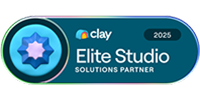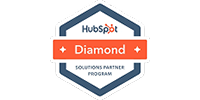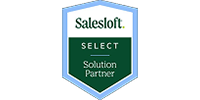How Do You Measure Sales Rep ROI
In the world of outsourced staffing and outbound demand generation, where every call, email, and meeting could lead to the next big deal - or not, a lot of leaders want to know their sales rep ROI (return on investment). In general, ROI is often used as a key indicator of effectiveness and efficiency in turning resources—be it time, energy, or company assets—into profitable outcomes. Let’s look at how we can examine sales rep ROI.
Cost per SAL vs Sales Rep ROI
If you purely want sales rep ROI, you’d take revenue generated by that sales rep, subtract costs (that’s the investment part), divide by the investment, and multiply by 100 to get a percentage. That doesn’t tell the full story though. It can be skewed by one large deal, or lag due to a long sales cycle. There are also a lot of steps between outreach and closing the deal and if you are only measuring sales rep ROI, you won’t know what phase in your pipeline has the most opportunity for improvement.
If you are trying to measure demand generation, you should measure cost per sales accepted lead. That is the key metric to measuring the efficiency of a company's demand generation.
Though sales rep ROI is a key metric in which demand generation programs should ultimately be measured, measuring demand generation by revenue created is akin to measuring the financial health of a company to the profit its shareholders take home... it's related, but too distant to be a good measure of success.
What you consider sales rep ROI will depend on if the sales rep you are measuring is responsible for setting a meeting with the target prospect, or if they are full cycle sales reps responsible for closing the deal. If they are responsible for setting the initial meeting, CpSAL is how much sales and marketing investment it takes to generate one SAL.
Calculating Cost per SAL
To calculate sales rep ROI, it's important to first calculate the cost per SAL as the currency of the demand generation program. To get to a cost per SAL you must both consider your ACV (annual contract value) and your customer acquisition cost target. That is, the percent of your ACV that you are willing to spend on demand generation and pipeline management activities to gain one customer.
Next, it's important to think about how much of your customer acquisition cost will be utilized for demand generation at its core. Once you do that you are able to input your efficiency metrics of the pipeline process, whether it be passed pipeline data or industry benchmarks, to spit out the upper limit of the cost per SAL that your financial targets and sales reps ROI goals can tolerate.
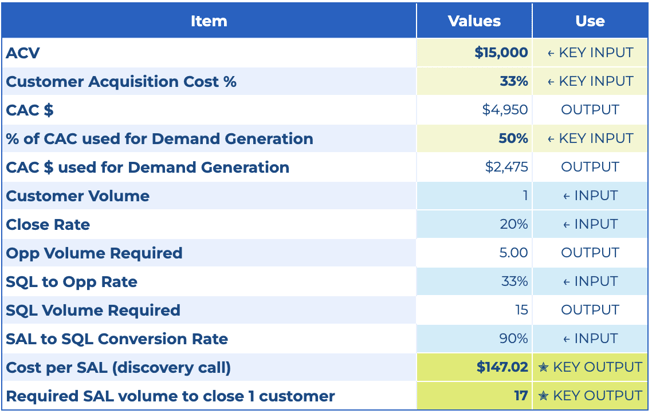
This should be a living breathing calculator that is adjusted as you gather more data about your actual average ACV and your actual pipeline efficiency metrics. Keeping your cost per SAL calculator up to date will assure that you have an accurate checkpoint at the demand generation level of sales rep ROI.
From CpSAL to CAC
If you are measuring full cycle sales reps, then it becomes more appropriate to measure them beyond CpSAL to glean your sales rep ROI. You can measure against the customer acquisition cost in the aforementioned table. We view this as a preferable way to measure the full sales process.
Not only should the calculator be revised as your internal data (the ACV, your various rates) change, but you should also consider how the calculator is affected when broken out by business segments or specific channels. This will help you glean insights about the efficiency of each channel or provide different targets based on different ACVs per business segment.
Once you have those figures and have determined the best target to measure your sales rep by, now you can look at how to make necessary adjustments to hit those targets.
Making Adjustments to Reach Targets
Now that you have an accurate cost per SAL target, you can start to think about the inputs that will allow you to start to reach that target.
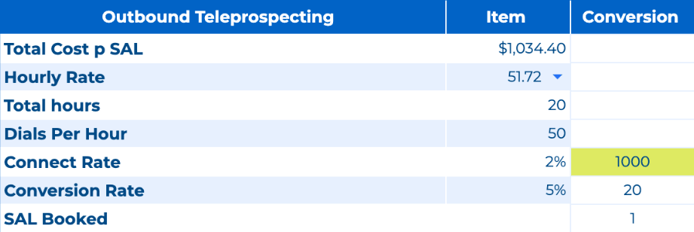
For example, what is the hourly cost of your BDR labor? If you have a relatively low cost per SAL target, you may want to consider non-us-based outbound talent.
Additionally, it is best practice to forecast the specific efficiency metrics you will need on each channel to hit your cost per SAL targets for example on the phone you may need above average connect and conversion rates to hit your cost per SAL target. To combat that you can try to increase your dial per hour rate (talk time) with tools like Salesfinity or Orum.
When you consider sales rep ROI, especially how to maximize sales rep ROI, it is important to plan ahead. Think about your financial targets and the pieces of the puzzle that must be laid out within each channel to hit the necessary efficiency metrics to achieve your financial targets.
For help reaching your CpSAL target or finding the targets you need for a productive outbound demand gen program, contact us for a free consultation.
Need help building your next-gen sales team?
Frequently Asked Questions (FAQ) on Sales Rep ROI
1. What is Sales Rep ROI?
Sales Rep Return on Investment (ROI) measures the profitability and effectiveness of a sales representative by comparing the revenue they generate to the costs associated with employing them. It helps businesses assess the value brought by their sales team.
2. What costs should be included when calculating Sales Rep ROI?
Include all expenses related to employing the sales rep, such as:
- Salary and benefits
- Commissions and bonuses
- Training and onboarding costs
- Travel and entertainment expenses
- Costs of sales tools and technologies
Accurately accounting for these costs ensures a precise ROI calculation.
3. What is a good ROI for a salesperson?
A good ROI for a salesperson typically ranges from 3:1 to 5:1, meaning for every dollar invested in the salesperson (including salary, commissions, and other costs), the company should expect to generate $3 to $5 in profit. However, this can vary widely depending on the industry, product complexity, sales cycle length, and company goals.
4. What role does sales enablement play in improving Sales Rep ROI?
Sales enablement involves providing sales teams with the resources, tools, and training necessary to sell more effectively. It plays a significant role in improving Sales Rep ROI by:
- Enhancing Productivity: Streamlining access to relevant content and tools.
- Shortening Sales Cycles: Equipping reps with strategies to close deals faster.
- Increasing Win Rates: Improving skills and knowledge to convert more prospects into customers.
Investing in sales enablement can lead to measurable improvements in sales performance and ROI.
5. Can technology impact Sales Rep ROI?
Yes, technology significantly impacts Sales Rep ROI by:
- Automating Repetitive Tasks: Allowing reps to focus on high-value activities.
- Providing Data Insights: Offering analytics to refine sales strategies.
- Enhancing Communication: Facilitating better collaboration among teams.
Implementing the right technological solutions can boost productivity and ROI.
6. How often should Sales Rep ROI be evaluated?
Regular evaluation of Sales Rep ROI is recommended, such as quarterly or bi-annually. Frequent assessments allow for timely adjustments to strategies, training programs, and resource allocations, ensuring sustained sales effectiveness and profitability.




